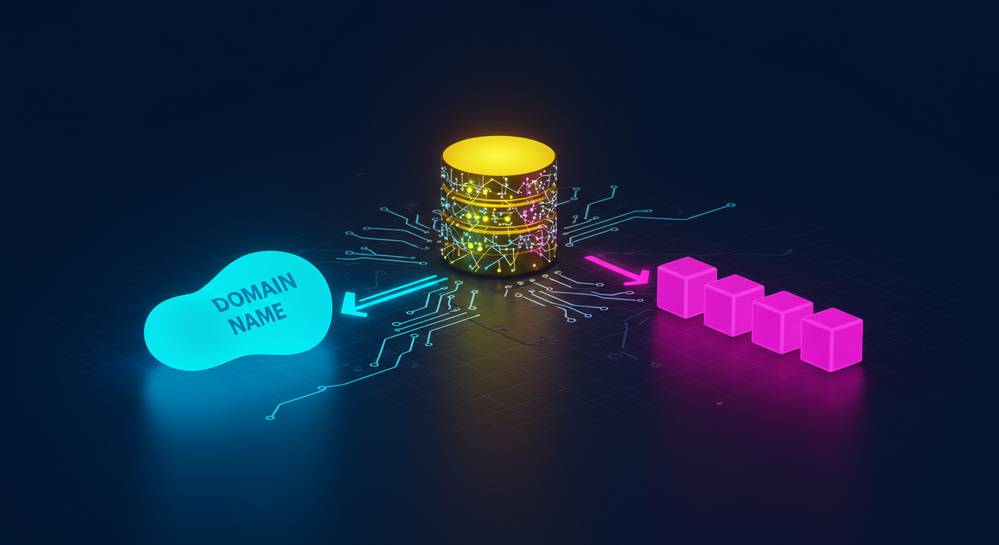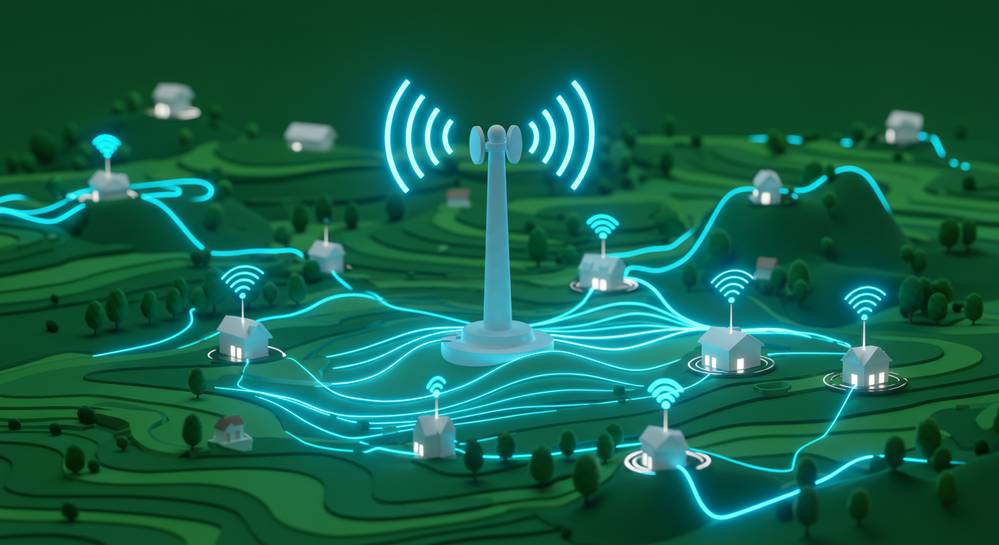In our increasingly interconnected world, a fundamental understanding of the systems that power our digital lives is more crucial than ever. The internet, a vast web of information, relies on a complex, unseen foundation: its backbone infrastructure. This intricate network of high-capacity data routes forms the very superhighway for all online communication. Delve into the core concepts of understanding internet backbone infrastructure, exploring its vital components and the pivotal role it plays in connecting billions worldwide. This guide will illuminate how data traverses continents, making instant global communication a reality.
The Foundation of Global Connectivity

Understanding Internet Backbone Infrastructure
Understanding internet backbone infrastructure is paramount to comprehending global digital connectivity. This foundational network comprises the principal data routes linking vast computer networks and core routers worldwide. It functions as the internet’s central nervous system, meticulously managing the overwhelming majority of global data traffic. Without this robust and intricate system, our daily localized networks, from home Wi-Fi to corporate intranets, would remain isolated. This infrastructure ensures that data traverses continents in milliseconds, enabling instant communication and commerce.
The backbone’s immense capacity and reach are maintained by a select group of Tier 1 Internet Service Providers (ISPs). These telecommunication giants own and operate extensive global networks, forming the internet’s critical core. Their direct peering agreements, often without settlement fees, underscore a unique collaborative yet competitive landscape that ensures efficient, low-latency data exchange. This hierarchical design provides inherent resilience, crucial for rerouting traffic during outages or cyber threats, a vital aspect often overlooked by end-users. The continuous evolution of this infrastructure, driven by increasing demand for bandwidth and low-latency applications, dictates the pace of global digital transformation. For more on this, explore how technology will impact our lives.
Key Components of the Backbone Network

The internet backbone is an engineering marvel, comprising critical physical and logical components. Understanding these elements is essential for grasping the network’s complexity and resilience. These components collectively ensure seamless global connectivity, forming the true understanding internet backbone infrastructure.
- Fiber Optic Cables: These are the internet’s literal highways. Millions of hair-thin glass strands transmit data as pulses of light at incredibly high speeds. They exist in two primary forms:
- Undersea Cables: Massive cables laid across ocean floors, connecting continents and island nations. These carry the vast majority of international internet traffic.
- Terrestrial Cables: Laid underground or strung on utility poles, these cables connect cities, data centers, and Internet Exchange Points within landmasses.
- Data Centers: These secure facilities house thousands of servers, networking equipment, and data storage systems. They act as digital warehouses where websites, applications, and cloud services reside, crucial for data processing and distribution. The security of these centers is paramount, influencing undefined.
- Internet Exchange Points (IXPs): IXPs are physical locations where different Internet Service Providers (ISPs) and content delivery networks (CDNs) connect their networks. This direct peering significantly reduces data transmission costs and latency by avoiding third-party transit.
- Network Access Points (NAPs): While largely superseded by IXPs, NAPs were foundational points for major network interconnection. Their evolution into more numerous and distributed IXPs has enhanced the internet’s overall resilience and efficiency.
How Data Travels Through the Backbone
The journey of a data packet across the internet backbone is a marvel of near-instantaneous efficiency. Your digital requests, like emails or streaming content, are fragmented into small packets. Each packet carries data segments and crucial routing instructions, demonstrating the sophisticated understanding internet backbone infrastructure.
Your local Internet Service Provider (ISP) directs data to its nearest Point of Presence (PoP). Packets then traverse regional networks, reaching Internet Exchange Points (IXPs) or directly connecting to Tier 1 ISP networks. At IXPs, direct peering minimizes latency and costs. Sophisticated routing protocols, like Border Gateway Protocol (BGP), dynamically select optimal paths based on real-time conditions. This continuous optimization reflects undefined.
Specialized routers meticulously guide packets across networks. They interpret destination addresses, forwarding each packet to its next optimal hop. This continues until all packets reach the designated server for reassembly. This distributed system guarantees remarkable resilience; data instantly reroutes if a path fails, ensuring uninterrupted global connectivity.
The Future and Challenges of the Internet Backbone

The internet backbone, while remarkably robust, faces continuous challenges and is constantly evolving. A deeper understanding internet backbone infrastructure reveals its critical need to adapt. The exponential growth of data, fueled by trends like 5G, the Internet of Things (IoT), artificial intelligence (AI), and high-definition streaming, places immense pressure on existing infrastructure. Future developments must prioritize enhancing capacity, reducing latency, and improving security to sustain global connectivity.
- Increased Capacity: New generations of fiber optic technology and advanced optical amplification are crucial. Research into quantum networking and novel transmission methods also holds significant promise for handling ever-growing data volumes.
- Resilience and Redundancy: Building more redundant paths, particularly for undersea cables, and establishing more distributed Internet Exchange Points (IXPs) are vital. This ensures the internet remains operational during natural disasters, infrastructure failures, or sophisticated cyberattacks.
- Security Concerns: The backbone is a primary target for cyber threats. Advanced encryption, robust anomaly detection systems, and international collaboration are paramount to protecting this critical infrastructure from denial-of-service attacks, espionage, and data breaches.
- Geopolitical Landscape: The physical control and routing of internet traffic have become strategic assets. This leads to complex geopolitical considerations in infrastructure development and data sovereignty, shaping future global internet access.
Continuous innovation in materials science, network architecture, and software-defined networking (SDN) will be instrumental in ensuring the internet backbone remains the resilient and expansive foundation of our digital world.
The internet backbone infrastructure stands as a testament to human ingenuity, a global network of unseen power that enables our modern digital existence. From the massive undersea cables spanning oceans to the bustling data centers and Internet Exchange Points that facilitate data flow, this intricate system is the very engine of our connected world. Its continuous evolution, driven by innovation and increasing demand, ensures that information remains accessible, communication remains instantaneous, and our digital future continues to expand. To stay ahead in this ever-evolving landscape, continue to explore and learn with Modern Techera.



